Today’s Casona de Xicoténcatl is primarily famous for having served as the seat of the Mexican Senate for some 80 years. It’s history is quite a bit longer. A good part is today a cultural center. Filled with historic murals, sculpture, and paintings, in the main, these depict momentous points in the political and social life of the country.
The building was a 17th-century educational institution, the Seminary College of Our Lady Santa Ana (Colegio Seminario de Nuestra Señora Santa Ana). This name was changed when the Jesuits took over the site. Novices already in attendance were sent to the Colegio de San Francisco Xavier in Tepotzotlán.
As the construction costs had been covered by one Andrés de Carvajal y Tapia, the name was then changed to San Andrés.
The Casona de Xicoténcatl also offers a regular program of artistic, cultural, and historical events. These are often organized in collaboration with other institutions.
 (55) 5512 0946
(55) 5512 0946
 http://www.senado.gob.mx/64/sobre_el_senado/sede_y_patrimonio_historico
http://www.senado.gob.mx/64/sobre_el_senado/sede_y_patrimonio_historico
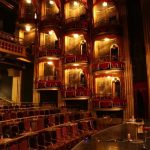
Nearest at 0.04 kms.
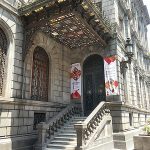
Nearest at 0.05 kms.

Nearest at 0.06 kms.
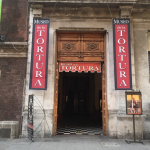
A museum dedicated to instruments of Torture and Human Subjugation.
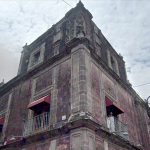
A glimpse into the earliest colonial history of Mexico City...
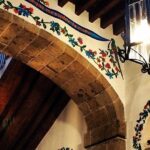
Easily one of Mexico City's most famous historical restaurants...

Home to two of Tolsá's mastpieces, it's only fitting the plaza should bear his name.
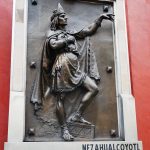
One of the most easily historical corners in the city center, it's a monument, a garden and much more.